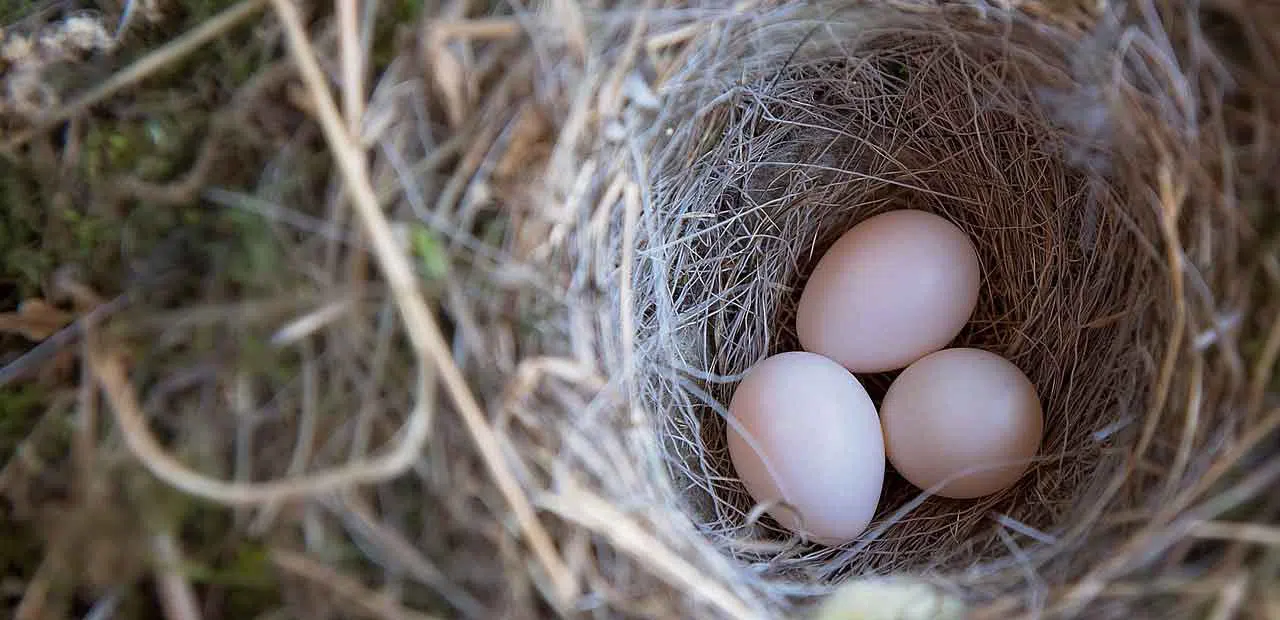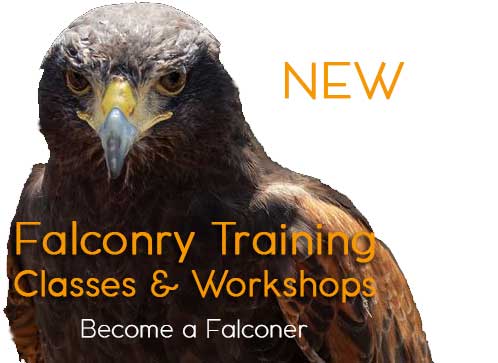So, you've discovered a nest and have a suspicion that what you are looking at is a pigeon nest. Unfortunately, to the untrained eye, or the presence of a pigeon on the nest, it can be difficult to know for sure whether you have found a pigeon’s nest. So, let's have a closer look at how to identify and deal with a pigeon nest.

Characteristics of Pigeon Nests
Pigeons are very resourceful birds and in turn will create their nests out of almost anything. While the majority of pigeon nests are made out of small twigs, leaves, and straw, it is common to see pieces of garbage and other debris in their nests as well. To determine whether you have found a pigeon nest, identifying the bird on the nest will be a dead giveaway. But if the nest is unattended, the eggs of the pigeon can also be identified. While pigeons themselves can vary in colouration, their eggs almost always look the same. Most pigeons have iridescent feathers on their necks and two black bands on their wings, but while their feather coloration can be quite interesting, their eggs are very plain. Pigeon eggs are typically no larger than 3-4 centimeters and are white to off-white in colour.
Why Pigeon Nests Can Be a Problem
Health Risks
Pigeons and their nests can pose several health risks to humans as they contain many parasitic insects, pathogens, and allergens. When interacting with the nest, always use protective equipment such as gloves and a mask. In some cases, this still may not protect you from the health risks of pigeons.
Parasitic insects
- Mites and Ticks: A pigeon bird nest can harbor bird mites and ticks which can bite humans and cause skin irritation and allergic reactions.
- Lice and Fleas: Can travel on your clothes and body and cause home infestations as well as itching and discomfort.
Pathogens
- Histoplasmosis: This fungal infection can be contracted by inhaling spores from pigeon droppings. Where you find pigeons nesting, you are bound to find pigeon droppings. It can cause respiratory issues and is particularly dangerous for individuals with weakened immune systems.
- Cryptococcosis: This fungal infection is also linked to the droppings of pigeons and is known to cause lung and brain infections with long term exposure.
- Psittacosis (Parrot Fever): Although more commonly associated with parrots, pigeons can also carry this bacterial infection, which can cause flu-like symptoms in humans.
Allergens
Feathers and Droppings: Pigeon feathers and droppings can act as allergens, triggering asthma and other respiratory issues in sensitive individuals.
Structural Damage
Pigeons nesting can lead to various forms of structural damage to buildings and infrastructure, including corrosion, clogged drains and HVAC systems, and overall damage and deterioration of buildings.
Corrosion of Building Materials
-
Due to the highly acidic nature of pigeon droppings in high nesting areas, metal surfaces such as roofing materials, gutters, and air conditioning systems can be easily degraded causing leaks and rusting.
-
The acidity of these droppings is so strong that they can also erode stone and concrete surfaces affecting the structural integrity of these buildings over time.
Clogged Drainage Systems
The presence of pigeon nests and droppings can clog gutters and downspouts. This can lead to water overflow and potentially damaged walls, foundations, and landscaping. Water buildup can also lead to mold growth and structural weakening.
Roof Damage
Pigeon nesting materials can accumulate on roofs which can cause water pooling and blockages in drains causing leaks. These nesting materials can also cause blockages and decreased functionality of HVAC systems leading to poor air quality inside buildings and costly repairs.
Increased Maintenance Costs
-
Regular cleaning to remove pigeon droppings and pigeon nests can be costly and labor-intensive, adding to the maintenance burden of property owners.
-
Damage caused by pigeons often requires repairs to roofing, façades, gutters, and other affected areas, which can be expensive.
How to Prevent Pigeon Nests
Pigeon Deterrents
Effective pigeon deterrents help prevent pigeons from nesting on buildings and other structures. There are only a few options to deter pigeons entirely once nesting has begun. Here are some pigeon deterrents we have found most effective to prevent nesting.
Physical Barriers
- Bird Netting: Netting can be used to block access to larger areas like eaves, balconies, and courtyards, preventing pigeons from entering and nesting.
- Flex Track: A low profile solution to prevent pigeon nesting. This solution provides a small non-harmful shock to any bird that lands on it encouraging them to stay away from the area.
- Bird Slide: Completely blocks off almost any ledge and makes nesting impossible. Bird slide can be colour matched to almost any surface and provides total exclusion.
Professional Services
Hawkeye: Engaging professional pest control services can provide tailored solutions for severe pigeon problems, including installation of deterrents, trapping of pigeons and the humane removal of existing nests.
Regular Maintenance
Once pigeons have begun nesting in a specific area, they will return year after year to the same area. Before this happens it is possible to encourage pigeons to nest elsewhere using regular maintenance.
- Removing Food Sources: Ensuring that food waste is properly disposed of and that there are no open sources of food can make an area less attractive to pigeons.
- Sealing Entry Points: Close off gaps and openings in buildings to prevent pigeons from nesting inside attics, lofts, and other sheltered spaces.
- Regular Cleaning: Making sure any nesting material and droppings are promptly and regularly removed.
Steps to Take When You Find a Pigeon Nest
Assess the Situation
Make sure you have properly identified that you are dealing with pigeons nesting or contact Hawkeye to help you identify and assess the situation.
Create a Barrier
There are many diseases and infestations that can be spread through pigeons, their droppings and nests; make sure you keep a safe distance from these areas or use caution and the proper PPE.
Keep Pets Away
Pets can be curious and thus easily exposed to the health risks that pigeons and pigeon nesting pose. Keeping your pets away from these areas is essential to avoid them carrying parasitic insects, pathogens, and allergens into your home.
Contact Hawkeye
Hawkeye is your one stop shop for all pigeon control issues. We provide FREE inspections and price quotations to help you determine the best custom solution for your unique issue. Contact Hawkeye today!














